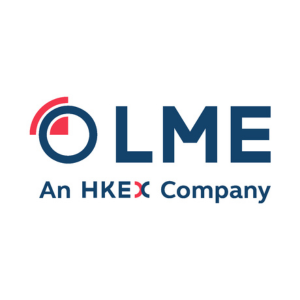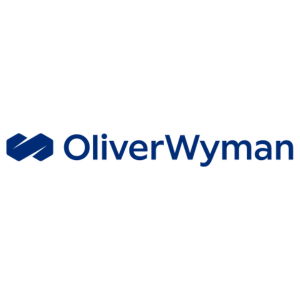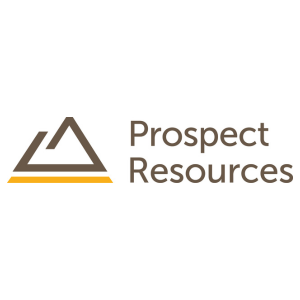China’s impact on African mining cannot be underestimated.
Over the years, the world’s second-largest economy has invested billions in mining and mineral extraction projects and companies across the continent.
For the first time in many years, the Chinese New Year doesn’t take place at the same time as Mining Indaba. We’ve been hitting the road in Shanghai and Beijing, promoting Africa’s myriad opportunities to Chinese investors.
We’ll be setting the scene for African opportunities for investors throughout China, preparing them for the event in February 2020.
This resource-rich continent is a gold mine for Chinese investment – quite literally in some cases – so join us as we examine the impact and activity China’s mega investors are having on African mining.
China’s impact on Africa’s mining industry
Why Africa?
For China, a country importing roughly $4bn worth of minerals, ores, and metals every month according to data from Trading Economics, African investment is a bit of a no brainer.
For starters, China is generating massive, massive demand for metallic and mineral goods. As the world’s factory, Chinese companies produces a huge range of goods needing a gargantuan volume of raw materials.
It is a global hub of electronics, vehicle, and steel production, to name just a few of the largest resource-consuming industries.
For context, China’s annual exports are higher than the UK’s GPD, and over four times higher than Africa’s cumulative project.
African mineral output provides fuel for China’s export-driven economy. Through investment in mining companies and developments, Chinese companies are therefore securing an almost private raw material supply.
FDI also savvy business sense. Africa’s mining sector is one of the world’s most exciting in terms of greenfield development and industry growth. Getting in at the ground level, either through acquisitions, joint ventures, or careful project investment, places Chinese companies in a good position to capitalise on large-scale monetary rewards mining can bring.
What is the level of Chinese investment in Africa?
Estimates differ from source to source, but, by 2019, it is over $100bn.
Africa has long been on China’s radar. We can see this in the growth of inward cash flows between 2010 and 2011. The Commodity Discovery Fund, quoting figures supplied by CMA, reached $217bn – a year-on-year increase of $140bn.
A report from the South African Institute of International Affairs (SAIIA) states that, between 2005 and 2017, Chinese firms supplied $58bn to the continental mining and mineral extraction industries. That represents a third of Chinese FDI in international mining operations during the review period.
While these accounts do conflict, they do indicate the sheer level of money being poured into continental mining from China.
The minerals Chinese companies want are in Africa.
If you’re already familiar with Africa’s mineral wealth, you’ll know the continent sits upon trillions of dollars’ worth of extractable resources. A great number of these are essential for Chinese manufacturing.
Africa holds an estimated 90% of the world’s entire reserves of platinum and cobalt, 50% of global gold, 35% of the world supply of uranium, and two-thirds of all manganese. Another key mineral is coltan, an essential component for electronic and mobile phones, which Africa holds 75% of.
This in addition to the typical metals, like iron and copper, for which China has a voracious appetite.
Other minerals produced by African states of interest to Chinese buyers include chromium, cobalt, bauxite, tantalum, ilmenite, zirconium and, of course, diamonds.
Countries across Africa are leading producers of this wide variety of metals and minerals. For instance, the Democratic Republic of Congo produces around 50% of all the world’s cobalt, while South Africa controls 95% of global platinum group metals.
Key geographies for China in Africa’s mining sector
Since 2006, the number of continental countries seeing an influx of Chinese money or activity has greatly expanded, particularly in Sub-Saharan Africa. Let’s take a look at some of the important regions Chinese miners are interested in.
Mali
Battery metals are in exceptionally high-demand, thanks largely to advances in electric vehicle production and mobile phone design. Mali is proving to be a key source of lithium, one of the most important ingredients of batteries.
One key development in securing worldwide, and Chinese, lithium supplies are Goulamina, a mine holding 31.2m tons of the in-demand metal. 100% owned by Australia-listed Mali Lithium, this mine has garnered keen interest from China Minmetals.
The Chinese company has expanded its relationship with Mali Lithium, with subsidiary Changsha Research Institute of Mining and Metallurgy (CRIMM) handling pre-feasibility studies and ore testing.
Cooperation is expected to expand once Goulamina production begins in H2 2020.
Chris Evans, MD of Mali Lithium, said in a press release: “China Minmetals is a Chinese government-owned US$470 billion company with considerable research, funding, offtake, engineering and construction capability.
“They have completed extensive due diligence and analysis of the Goulamina Project and it is a testament to the quality, scale and potential of the project, and a vote of confidence in our management that they want to further our relationship.
“Minmetals hosted Mali Lithium at their facility in Changsha in May and their presentations to us confirmed that China is thinking long term when considering the future of the electric vehicle and power storage industries.”
South Africa
As BRICS partners, China and South Africa have a robust trading relationship, built primarily on South African mineral exports to supply. 85% of South African exports to China are precious metals and minerals. As such, China is keen to keep SA mining and metallurgic operations going for its domestic metal demand.
It was announced in 2018 that $10bn from a group of Chinese investors will go towards building a metallurgical complex, built by the China International Railway Group and partners Baobab Mining, by SA President Cyril Ramaphosa.
The complex would include a stainless-steel plant, a ferrochrome plant, and a silicomanganese plant.
This is the tip of an economic iceberg when it comes to China’s monetary presence in South Africa’s mining industry. PGM’s are of huge importance to Chinese industry and are subsequently subject of much FDI.
Weziwe Platinum, for example, has been provided with a $650m loan from the China Development Bank to keep output coming. Interestingly, this loan is at a much smaller interest rate than the standard, 3.8% vs. 8%, characteristic of financing offered by Chinese institutes to projects considered highly strategic in value.
The loan was focussed on the Bakubung mine, which is forecast to have an output of 350,000 oz. of platinum group metals once full capacity is reached in 2023.
Zimbabwe
Zimbabwe hosts resources deemed critical by the Chinese government, which is why it is seeing an intense focus from Chinese miners and investors.
Tsingchan Holding Group has inked a series of deals that will see the firm mine chrome, iron ore, nickel, and coal across Zimbabwe. The value of the deal, signed between Tsignchan and the Zimbabwean Ministry of Mines in April 2019, is worth $2bn, rising to a potential $10bn. It also has scope to include lithium mining too.
Covered in the deal is the construction of a 2-million-ton capacity steel plant fuelled by Zimbabwean ore.
"The initial MOU signed last year was targeting to produce 550,000 tonnes of ferrochrome for consumption in Mvuma only but we are now targeting 1 million tons for consumption in Mvuma and for export," Mines Minister Winston Chitando said.
The initial deal targeted production of coke specifically for stainless steel operations in Mvuma but now this will be for Mvuma consumption and exports as well.
There will be a conversion of coking coal to coke, construction of power plant and provision of a lithium concession for mining and value addition by Tsingshan, Chitando said.
Mining Indaba: Africa's leading mining investment event
Want to learn more about what’s to come for the African mining industry straight from experts within the field? Click here to enquire about sponsorship and exhibition spaces at Investing in African Mining Indaba 2020.

_1.png?ext=.png)

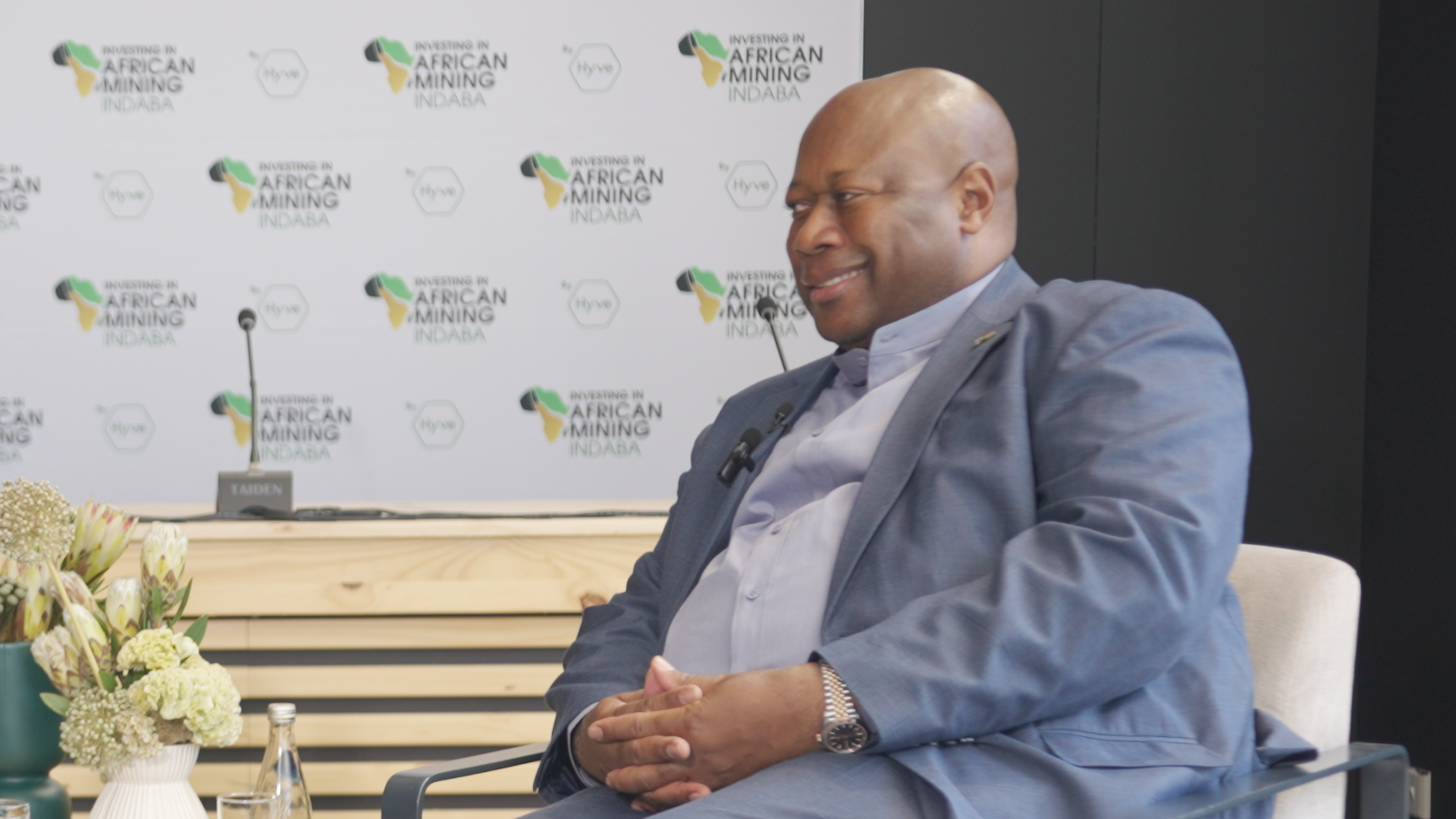
.png?ext=.png)
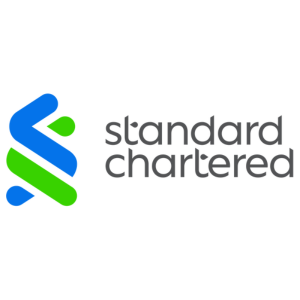
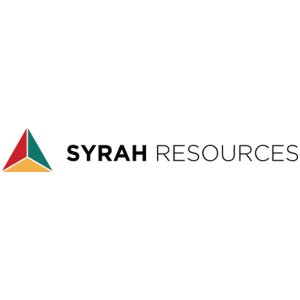
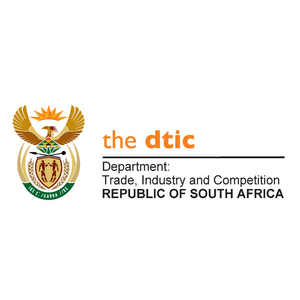


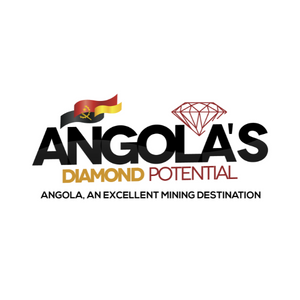

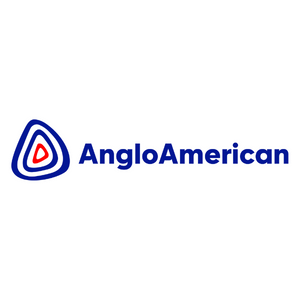
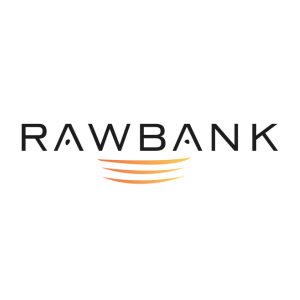
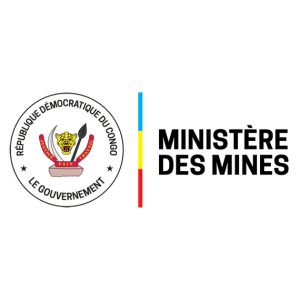
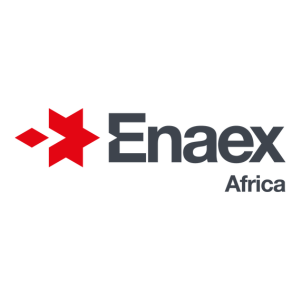
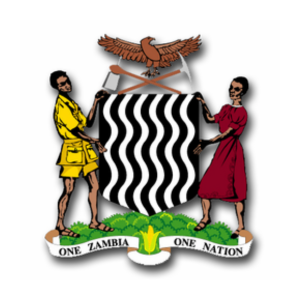
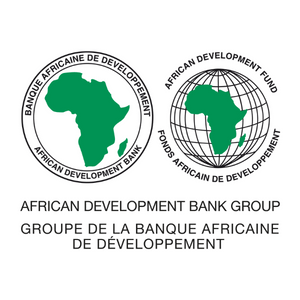
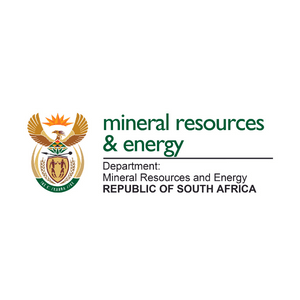

-min.png?ext=.png)
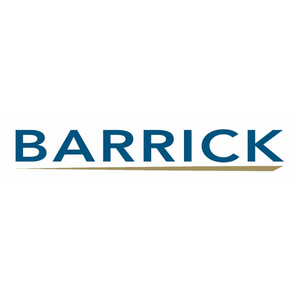


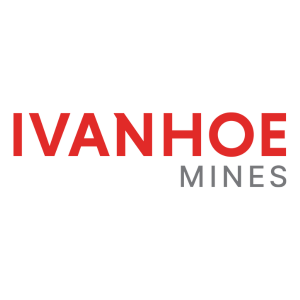
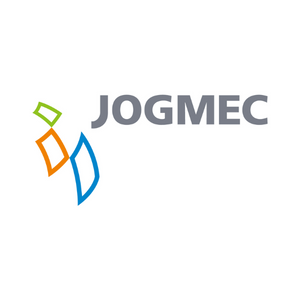

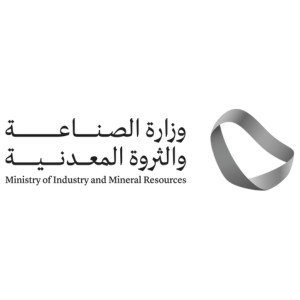
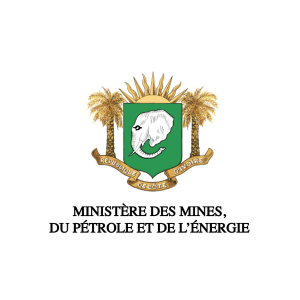
_1.png?ext=.png)

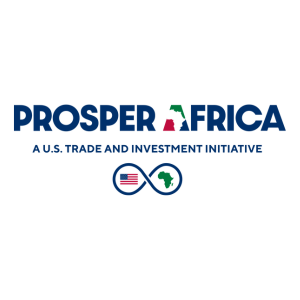
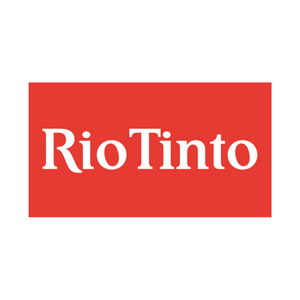

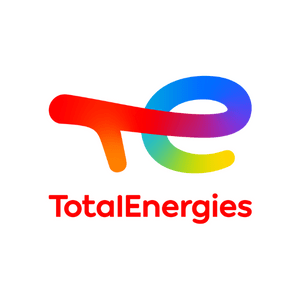



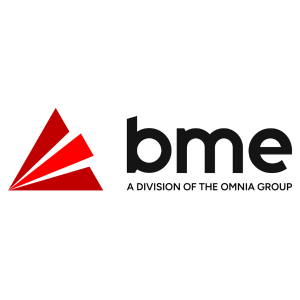
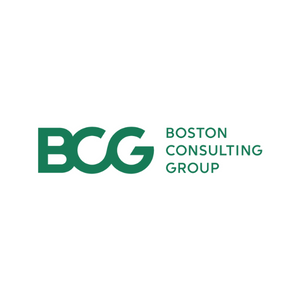
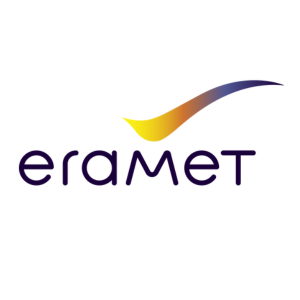
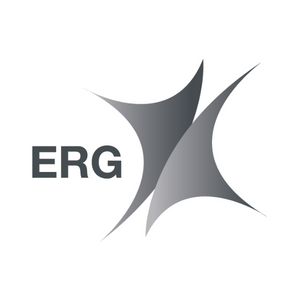

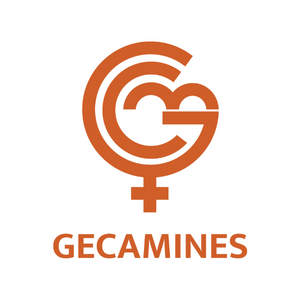

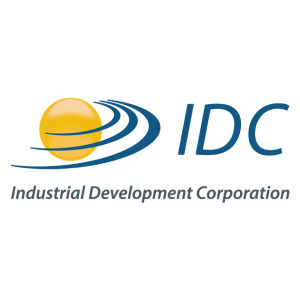
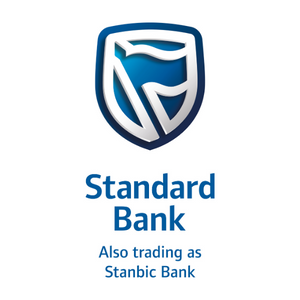

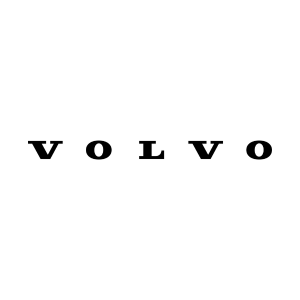
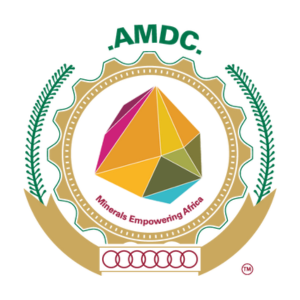
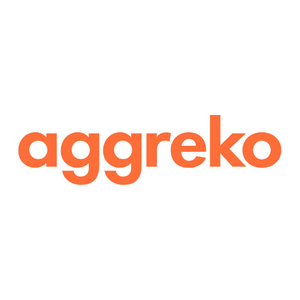
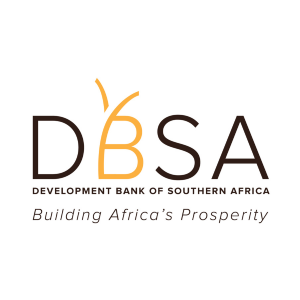
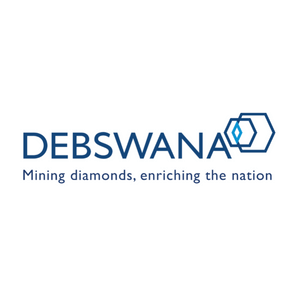


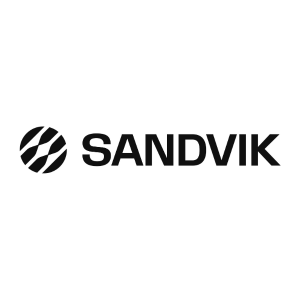
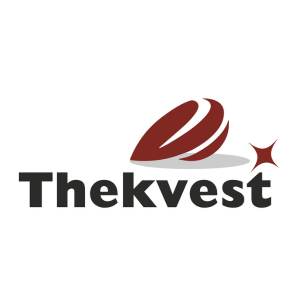




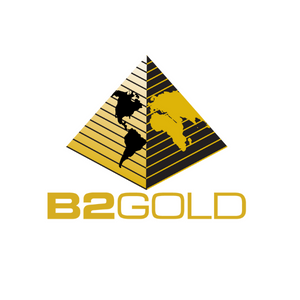




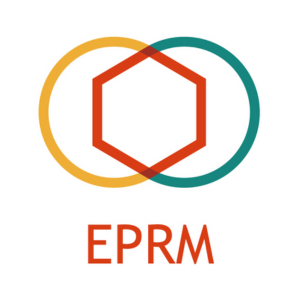
_mi25-weblogo.png?ext=.png)


_mi25-weblogo.png?ext=.png)



